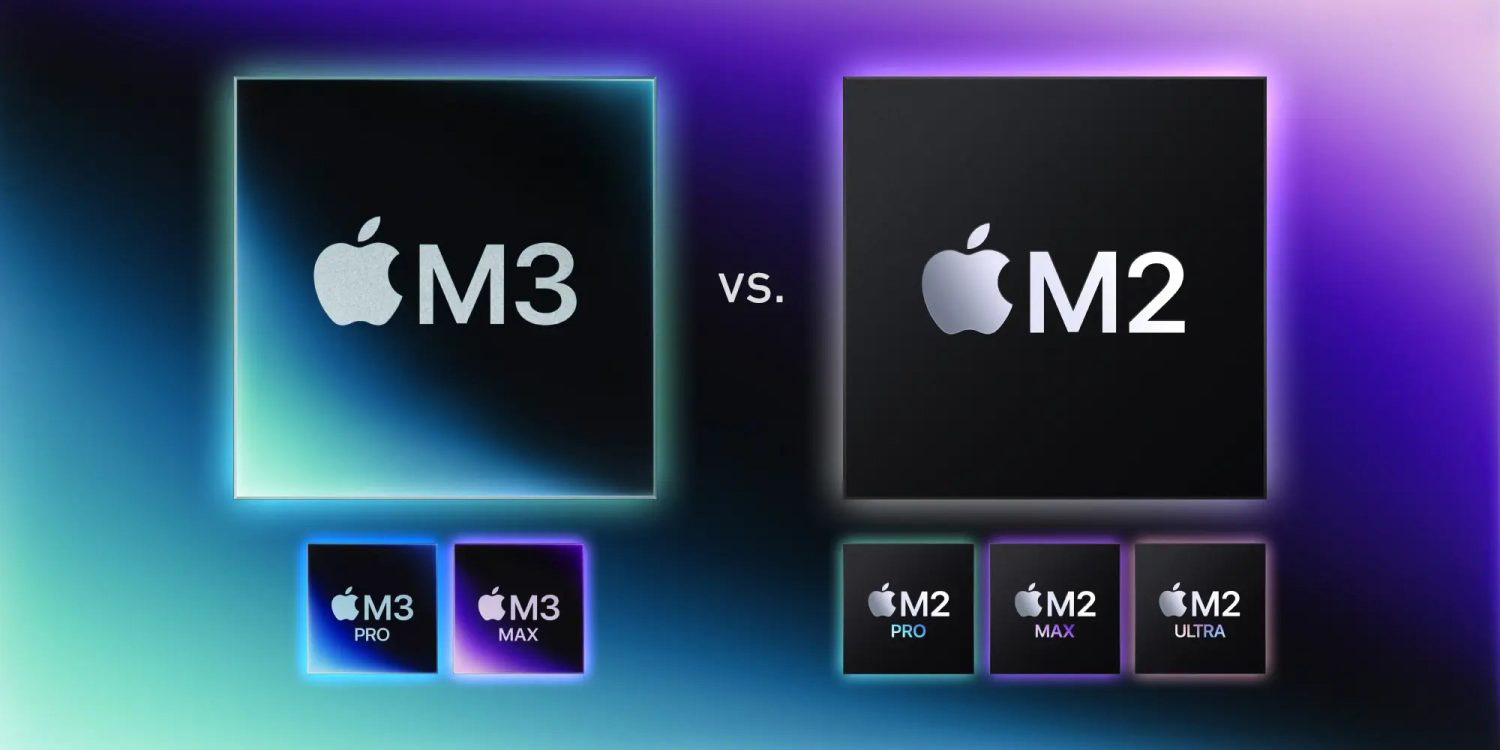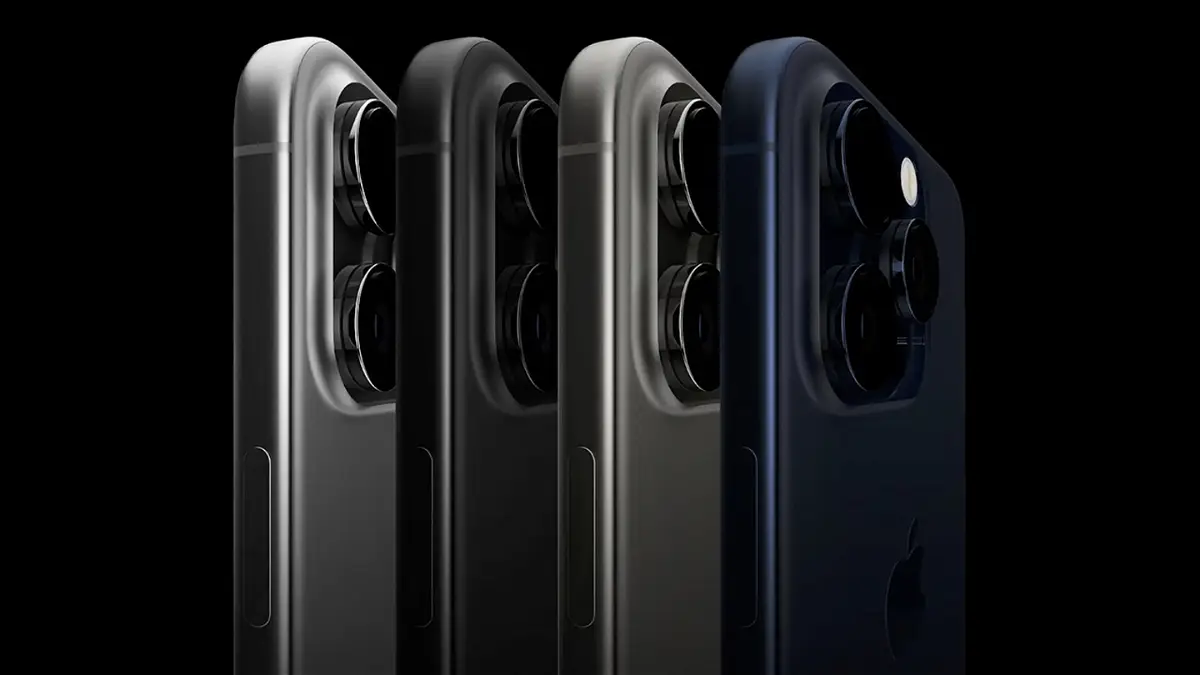At Apple’s second autumn presentation, there are only three new products as an example. Tabletop iMac updated for show, and MacBook Pro smoothly switched to new generation chips and were shipped from the latest models with Touchpad. A more significant event was the demonstration of chips M3.
Topic: How the new 14- and 16-inch MacBook Pro on M3 differ from the new generation models
Apple’s new ARM processors are made using a 3nm process technology, but this is not the first Apple chip of this level. 3nm first debuted in Apple A17 Pro for iPhone 15 Pro.
The total number of transistors in new chips increased to 25 billion over M337 billion for M3 Pro and 92 billion for M3 Max. But the Neural Engine neural system remains the same. The parameters and image output to external monitors did not change.
Now you can compare the new chips to understand how much progress the Cupertino team has made in development, and what difference in performance you can get.
1. Processor parameters
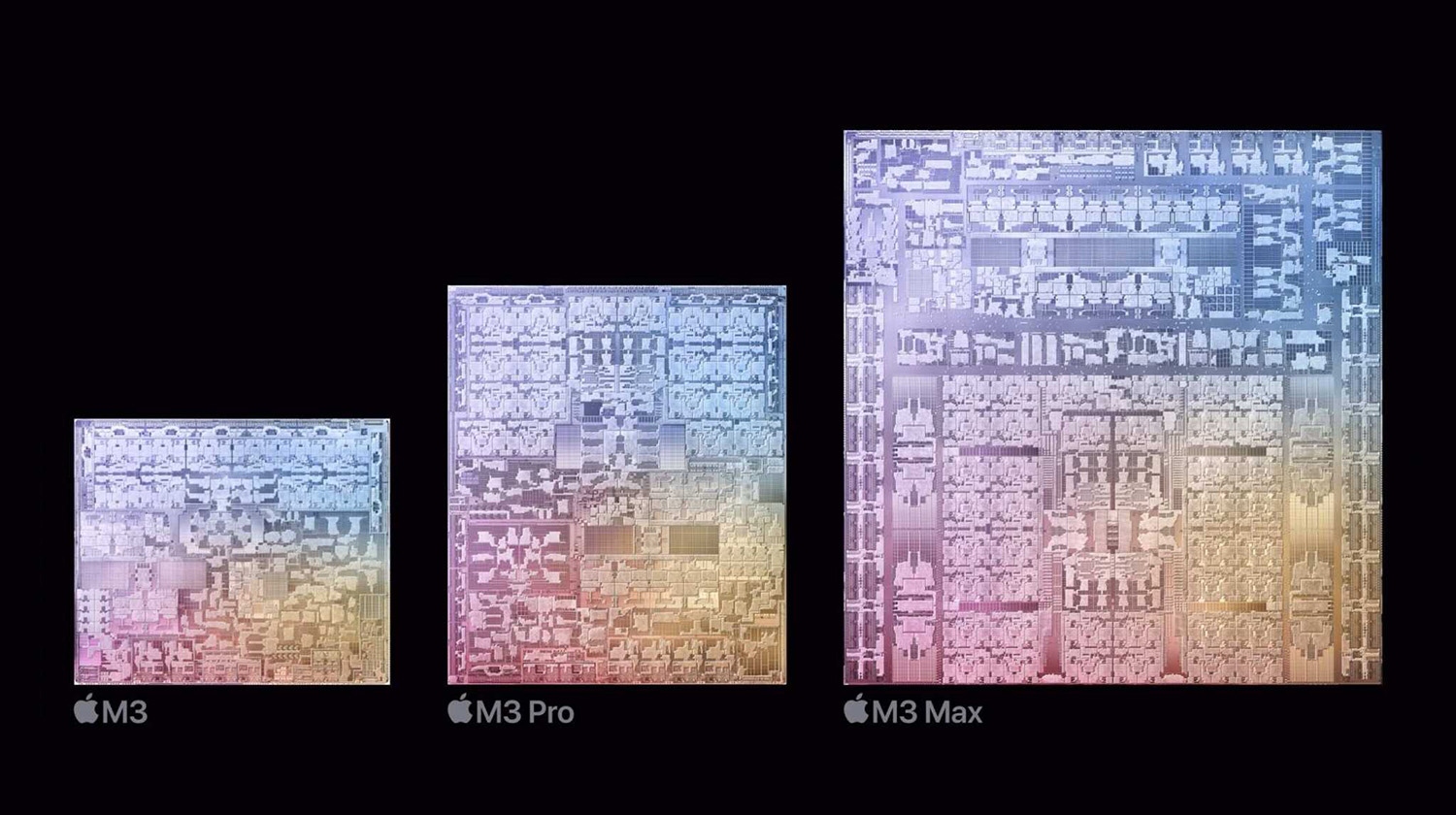
Apple says the processors are supported M3 work 30% faster than M2and 50% faster than M1. This is achieved through a new technical process and a larger number of nuclear chips.
▶ If you compare the new base chip M3 with the new generation M2, a set of innovations appears. Here the difference is only in the technical process and the number of transistors, the other parameters are the same. Most likely, the difference between Mac performance and M2 And M3 will be minimal and we will not see the declared +30%. There is already confirmation of +18% efficiency in synthetic tests, but in practice it will be even less.
▶ When checking chips M2 Pro And M3 Pro, we will see more differences. There are different chip technologies, the new models have more GPU cores (both in base and advanced configurations) and more integrated memory. This number of graphics cores and memory bandwidth are better in generating chips. At the same time, an increase in productivity by 10-15% is expected.
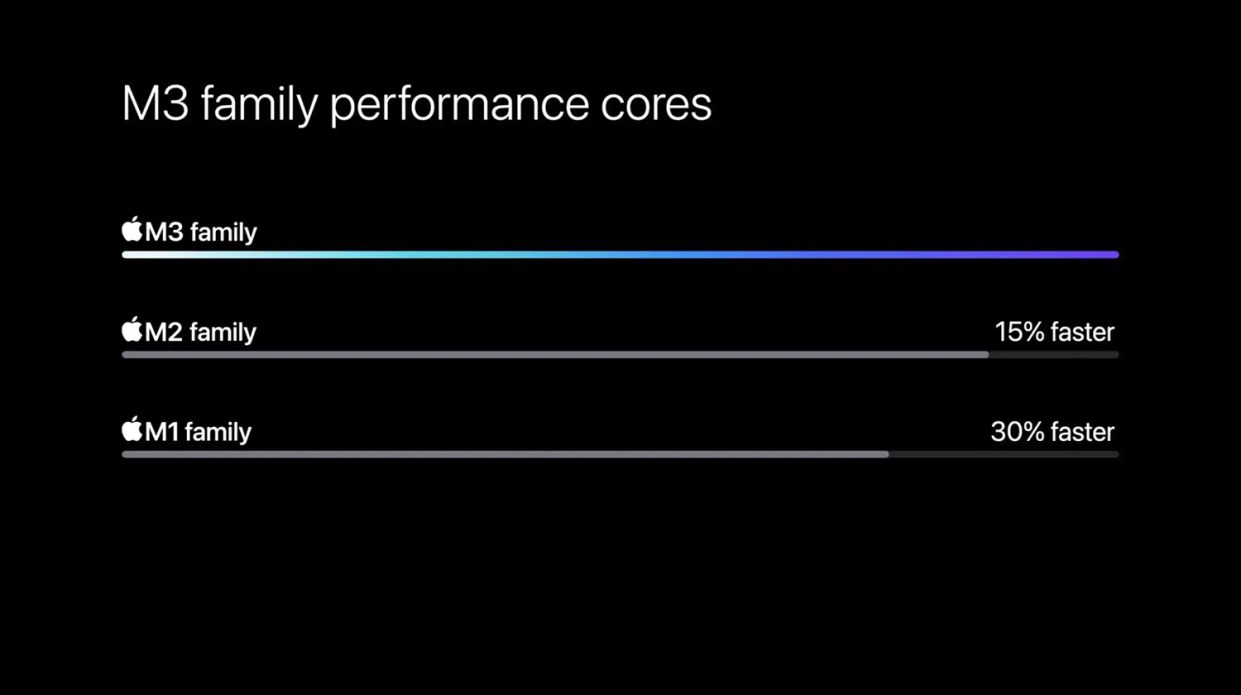
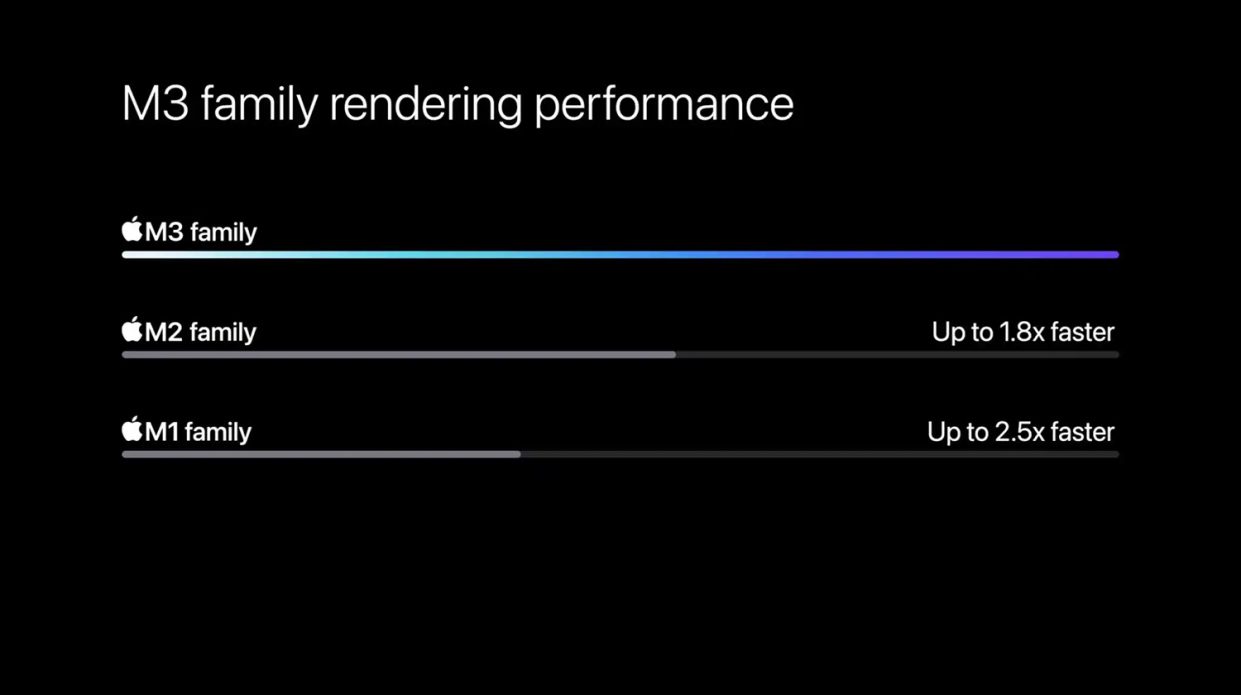
▶ If we compare top chips M2 Max And M3 Max, seems to be the maximum difference in using the new product. Third-generation processors have more GPU cores and, in some parts, more graphics cores. The amount of combined memory is slightly higher, the throughput is at the same level. When examining such chips, you will see the performance increase of +30% stated at the presentation, synthetic tests are already +45%.

As you can see, it was not in vain that the Cupertino team released a 14-inch MacBook Pro on a basic chip M3 exactly in the current design. Most likely, it will be purchased from a 13-inch MacBook Pro, only externally the performance will increase minimally.
The mid-range models will be used, but not enough to switch to them with chips. M1/M2 Pro. The real performance gain will be noticeable only in the top M3 Max.
2. Changes in schedule
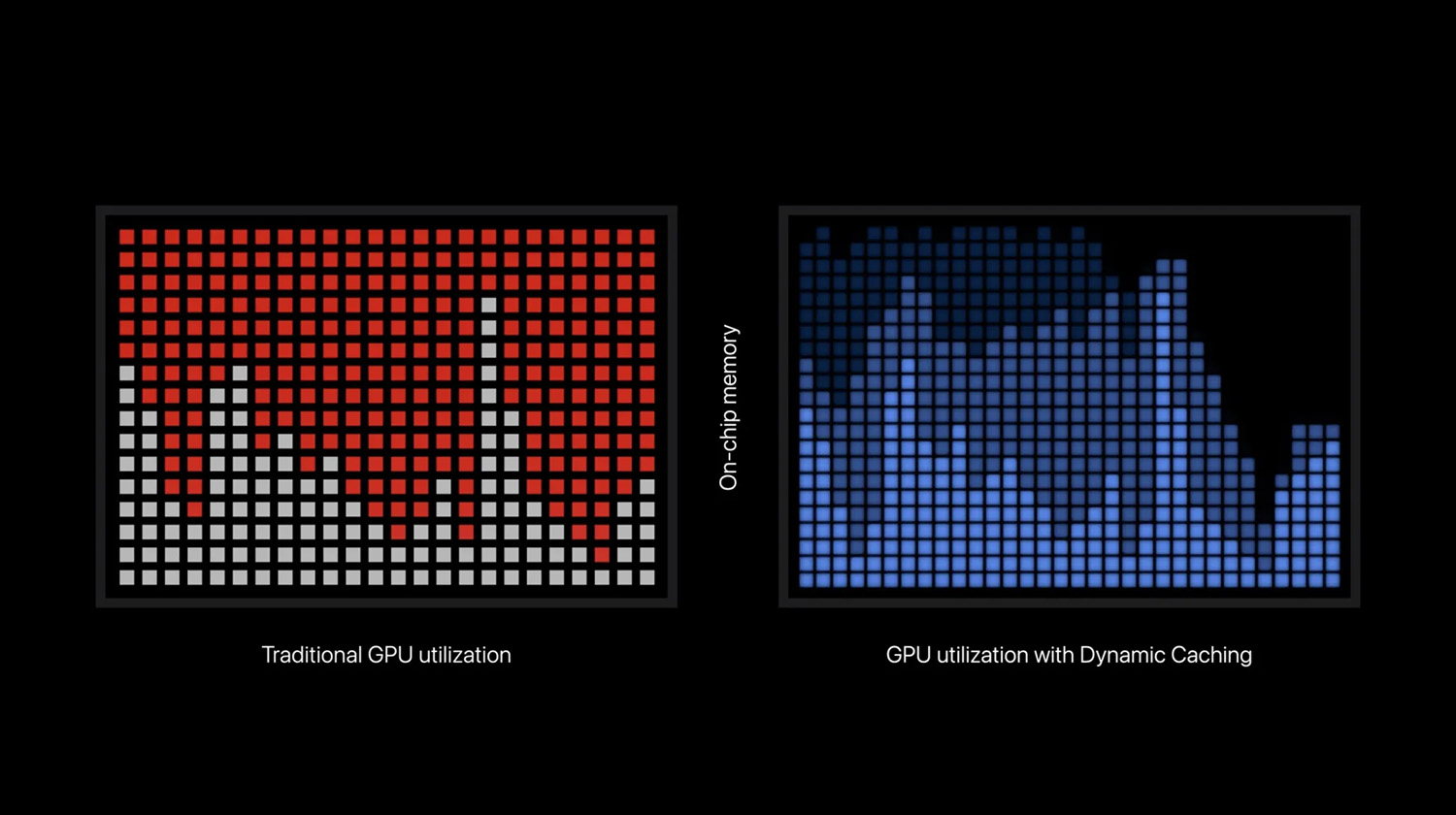
Most of the presentations featured new graphics capabilities of processors. M3. In fact, there are three significant innovations: hardware ray tracing, hardware accelerated Mesh Shading and dynamic caching.
▶ Hardware ray tracing. This option allows you to use the generator to draw shadows and reflections in games.
▶ Hardware Accelerated Mesh Shading. It is a graphics processing technology for offloading tasks from the CPU to the GPU. It allows you to perform complex calculations faster and create more complex scenes in 3D graphics.
▶ Dynamic caching. A powerful GPU will be reserved and used more efficiently. Thanks to this, part of the productivity can be redirected to other processes at first.
The first test graphs in Metal show the maximum speed +15%. Of course, it is better to compare performance when solving graphic tasks after the start of sales of models.
3. Media engines
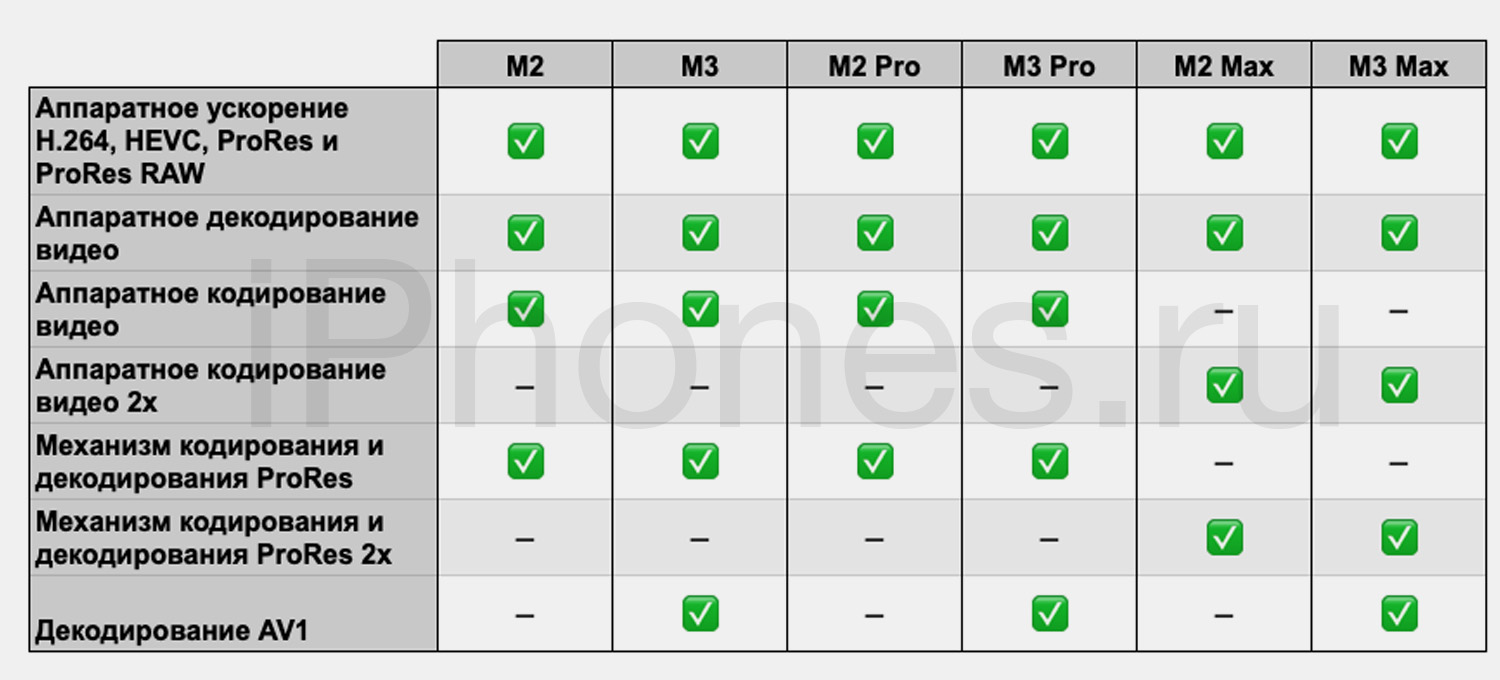
Both chip packages M2 AndM3 There are special media engines that provide hardware support for H.264, HEVC, ProRes and ProRes RAW. They are not related to old and new generation processors.
Chip M3 Max includes two video encoding engines and two encoding and decoding engines. ProRes. However, chips have the same capabilities M2 Max and even M1 Max.
the only innovation here is media engine for AV1 decodingwhat do all processors have? M3.
What’s the result?
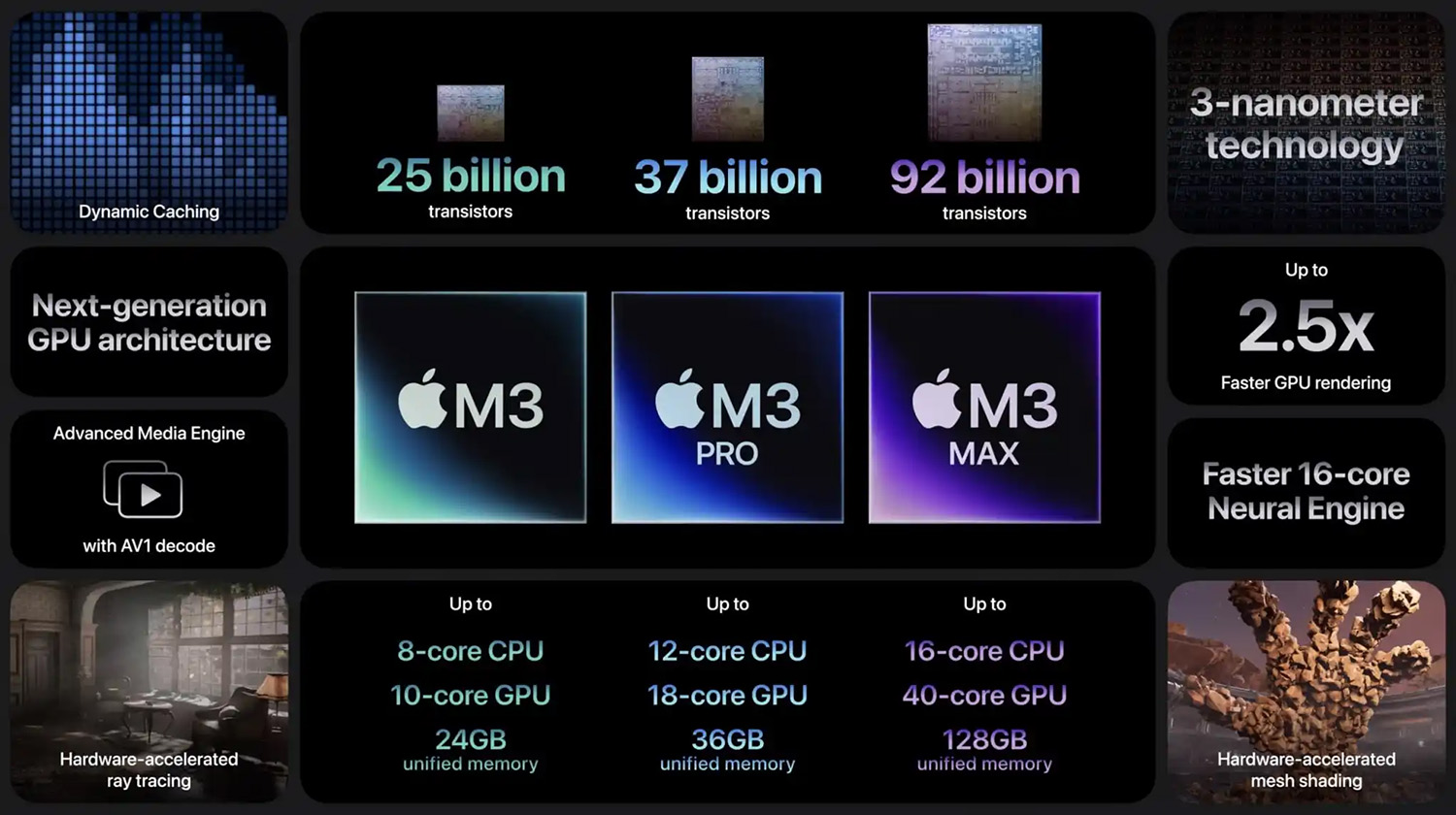
As you can see, there was no revolution with the release of a new chain of processors and the transition to 3 nanometers. This is a logical evolutionary development of Apple ARM chips. It is unclear why the Cupertino team was in such a hurry to release processors and update the MacBook Pro, which became the second in 2023.
Perhaps Cook and company will try to correct the unpleasant MacBook sales statistics to stop. For buyers, the update looks very strange. Those who bought expensive firmware at the beginning of the year were clearly disappointed; potential buyers are at a loss as to which MacBook they are buying now.
From the list of changes and the first tests of the new models, we can say for sure that the MacBook Pro will be updated with chips. M2 Pro/M2 Max definitely not worth it. Under interest and upgrade for laptops on M1 Max. You will not see an increase in activity in daily tasks. You can feel the power of the new processor chain in synthetic tests and some particularly energy-intensive tasks.
Topic: How much do MacBook Pro and iMac on M3 cost in the USA, Europe, UAE and Japan. Where is the best place to buy?
You can upgrade to new models in stages M1 Prowith 13-inch lugs on M1/M2 or from older computers to Intel. But in the latter case, you can save money and choose models that are not particularly inferior in parameters. M2 Pro/Max.
Unfortunately, Cook and the company are trying in every possible way to confuse buyers and offer many similar computers on Apple shelves. The Cupertino team has moved far from the canonical line leading under Jobs.
Source: Iphones RU
I am a professional journalist and content creator with extensive experience writing for news websites. I currently work as an author at Gadget Onus, where I specialize in covering hot news topics. My written pieces have been published on some of the biggest media outlets around the world, including The Guardian and BBC News.






